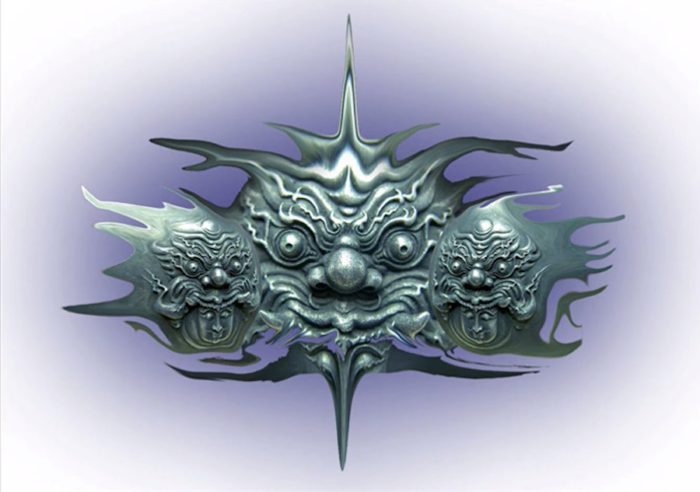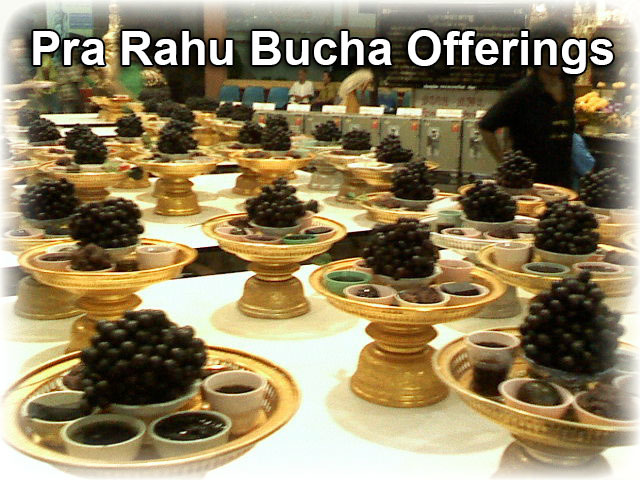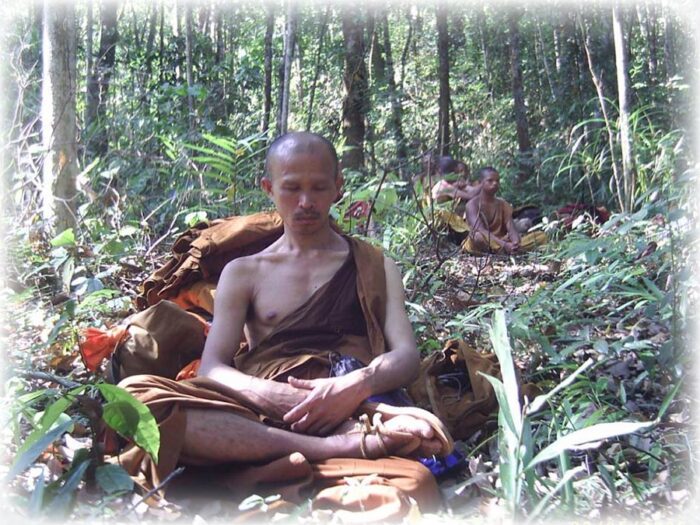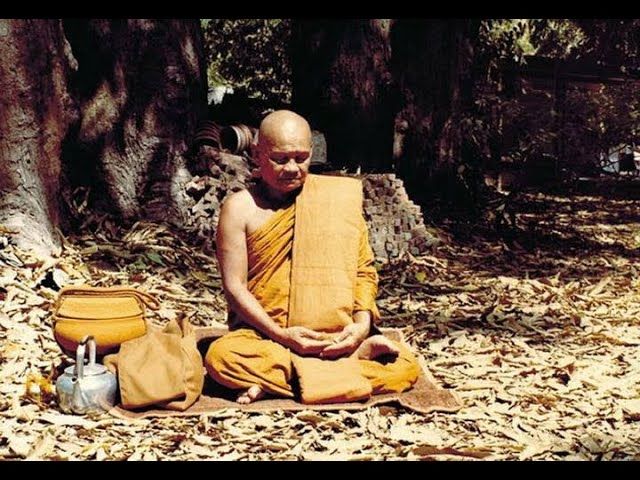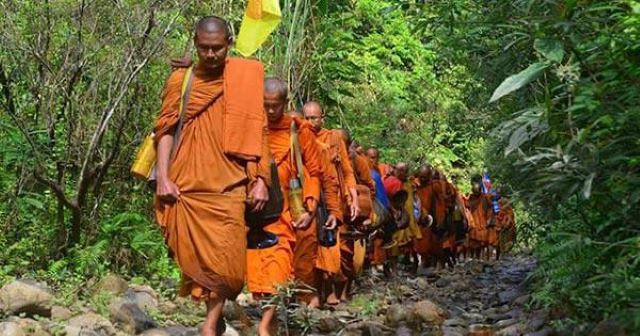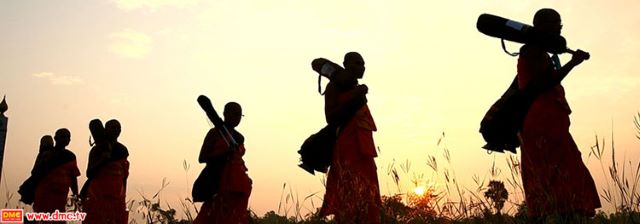Pra Rahu and Astrological Influence
Phra Rahu, the deity of fate and fortune, holds a significant position in Thai Buddhism and astrology. As an Asura type Deva of the heavenly realms, Phra Rahu is considered the god of eclipses and is believed to exert a strong influence on horoscopes, akin to the planet Saturn in Western astrology. Thai Buddhist people worship Phra Rahu to improve their karma, appease angry gods, and overcome obstacles. Legend has it that Phra Rahu is an immortal god, thwarting anyone who attempts to harm him.
The Impact of Pra Rahu’s Shadow
According to beliefs, when Phra Rahu’s shadow falls over a person’s fate, that individual may encounter a period of struggle and face challenges in various aspects of life. Problems related to finance, profession, family, health, and general misfortune may arise during this time. However, devotees believe that by venerating Phra Rahu, they can mitigate the negative effects and remove obstacles caused by bad luck and black magic.
Bucha Offerings to Pra Rahu
To seek Phra Rahu’s auspicious blessings of protection, luck, and prosperity, faithful devotees make Bucha offerings every Wednesday. The Piti Buang Suang Bucha Phra Rahu ceremony involves paying reverence, making offerings, offering prayers, and chanting specific mantras. During the ceremony, ten black incense sticks and various black offerings such as black sticky rice, black jelly grass drink, and black semolina or sago pudding are presented.
Chanting the Kata to Pra Rahu
Chanting the Kata Bucha Phra Rahu is an essential part of the devotion to Phra Rahu. The Kata is recited either during the day or night, depending on the specific mantra. The Kata Surya Buppaa is chanted during daylight, while the Kathaa Jantrabupbhaa is recited at night. These mantras hold deep spiritual significance and are believed to invoke the blessings and influence of Pra Rahu.

Performing Bucha to Pra Rahu
When conducting the Bucha ceremony, it is recommended to have a Rahu image, statue, or amulet as a focal point for concentration while praying and chanting the Kata. The initial Bucha session should take place in the evening of a Wednesday, starting from 7 pm onwards. Subsequent Bucha sessions can be performed during the daytime, with only incense required if acquiring the black food offerings becomes inconvenient.

